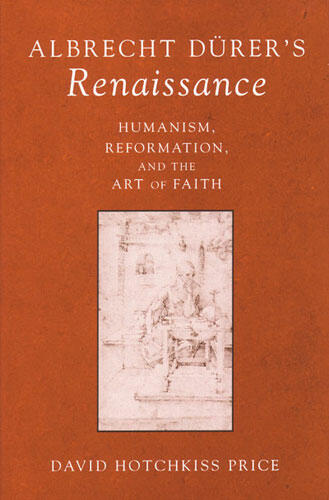Albrecht Durer's Renaissance
Humanism, Reformation, and the Art of Faith
This lavishly illustrated book provides a fresh and challenging new perspective on the life and Work of Dürer
Description
David Hotchkiss Price, a specialist in Renaissance cultural and ecclesiastical history, has broken new ground with this comprehensive analysis of Renaissance humanism as the foundation for Dürer's religious art and, in particular, for Dürer's reception of the Reformation movements. Price also offers an innovative study of the relationships between text and image, and a pioneering assessment of the representation of Jews in Dürer's religious art.
David Price is Associate Professor of History and of Church History, Southern Methodist University.
David Hotchkiss Price is Associate Professor of History and Associate Professor of Church History at Southern Methodist University.

